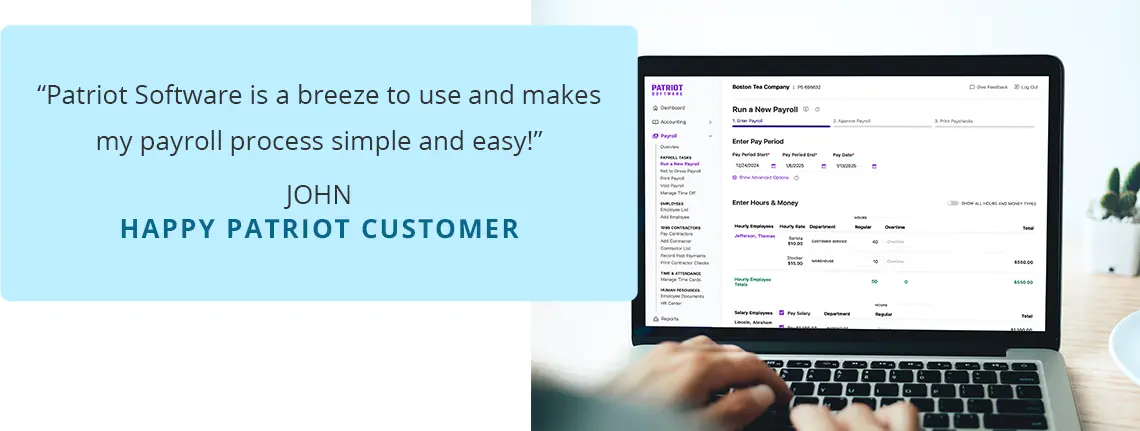Payroll isn’t as easy as handing checks to employees for the amount of time they worked. You also need to subtract deductions from payroll. Deductions include taxes, pre-tax deductions, and post-tax deductions from payroll.
You will deduct post-tax deductions after you withhold pre-tax deductions and taxes.
Find out how post-tax deductions are different from pre-tax deductions, along with commonly withheld post-tax deductions.
Pre-tax vs. post-tax deductions
You take pre-tax deductions out of employee paychecks before taxes. Pre-tax deductions reduce taxable wages and the amount of tax owed.
You take post-tax deductions (also called after-tax deductions) out of employee paychecks after taxes. Post-tax deductions have no effect on taxable wages and the amount of tax owed.
Both pre-tax and post-tax deductions from payroll are voluntary deductions. This means you are not legally required to offer the deductions and employees do not have to agree to them.
Post-tax deductions from payroll
Here are things that are usually post-tax deductions from payroll:
- Certain small business retirement plan options like a Roth 401(k)
- Disability insurance
- Life insurance
- Charitable contributions
- Garnishments
Garnishments
Garnishments can be slightly complicated. What is garnishment? If an employee has unpaid debts, you will be ordered to withhold a garnishment from the employee’s paycheck. This order will come in the form of an income withholding order.
Debts that might result in garnishment include unpaid:
- Taxes
- Child support
- Student loans
- Credit cards
- Medical bills
Unlike other post-tax deductions, garnishments are not voluntary. Garnishments are involuntary deductions. You are legally required to withhold garnishments if you are ordered to do so.
Post-tax deduction example
You pay Jennifer $500 per week. You need to deduct 6% post-tax of each paycheck for her Roth 401(k).
Jennifer does not have any pre-tax deductions, so you do not have to subtract any pay before you withhold taxes.
You need to withhold FICA tax from Jennifer’s wages. FICA taxes are 7.65% of wages.
Calculate how much FICA tax to withhold.
$500 X 0.0765 = $38.25
Withhold FICA taxes from the total wages.
$500 – $38.25 = $461.75
You also need to withhold federal income tax. Jennifer is a single person. Using Jennifer’s total wages and the income tax withholding tables in IRS Publication 15-T, you find that you need to withhold an additional $21.00 from her paycheck.
$461.75 – $21.00 = $440.75
Jennifer is not subject to any state or local taxes.
You can now subtract Jennifer’s post-tax deduction for her Roth 401(k). You will calculate the deduction using her gross wages.
You need to withhold 6% for Jennifer’s Roth 401(k).
$500 X 0.06 = $30
Jennifer’s total post-tax deduction for her Roth 401(k) is $30. You will subtract that from her wages.
$440.75 – $30 = $410.75
Jennifer’s total take-home pay after taxes and her post-tax deduction is $410.75.
Do you want an easy way to withhold deductions from employee paychecks? Try Patriot’s payroll online today. It will provide accurate calculations and will automatically withhold the deductions.
This article is updated from its original publication date of 5/14/2012.
This is not intended as legal advice; for more information, please click here.



